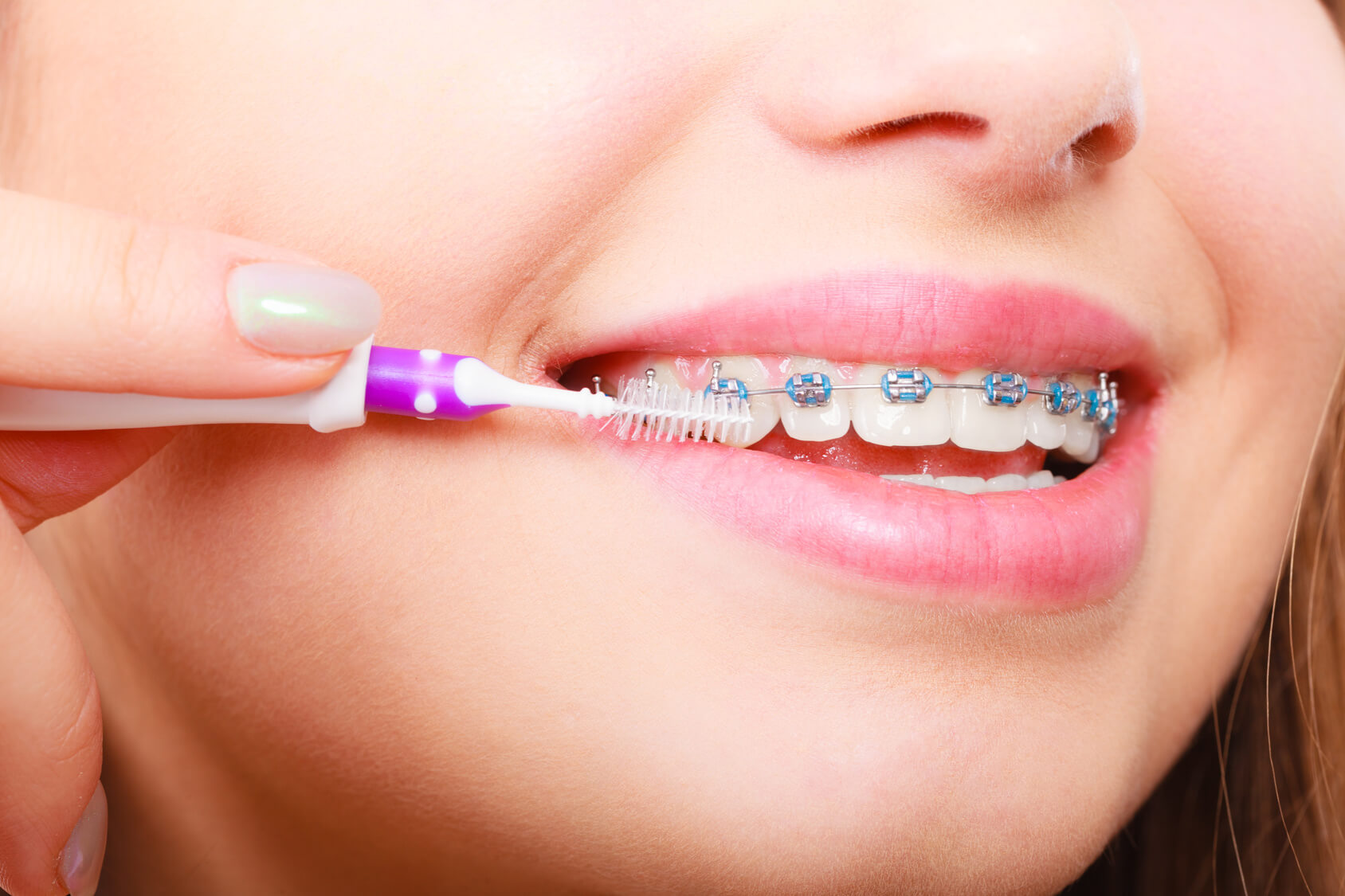Protecting Your Braces While Playing Sports

Spring sports are in full swing and summer sports will soon be here, and from softball, to spring football, to dancing, there are so many great options for kids and adults to get moving. If you’re an athlete who has braces or you have a child who wears braces and wants to play sports, it’s important to make sure you’re taking care of your smile while you’re out there having a great time, whether it’s on the baseball field, the football field, or a basketball court.
Can You Play Sports While Wearing Braces?
Even if you’re going through orthodontic treatment and wearing braces, it’s still possible to play sports and have a great time. The braces won’t get in your way while you play, and you can stay active and enjoy your favorite sport while your smile is being transformed. Of course, many sports present potential risk to the teeth, particularly if you’re wearing braces, so it’s essential to learn how to protect your smile when you’re out there having a great time.
Protecting Your Braces and Smile
There’s no need to give up a sport you love if you’re wearing braces, but to stay on course with your current treatment plan, you must protect your teeth and braces when you do play. An orthodontic mouthguard can be used to protect your smile. When you’re playing sports, jumping, running, kicking, and playing, there’s a chance that objects can hit the teeth and result in damage. If this occurs and you’re not wearing a proper mouthguard, you can end up with fractured teeth, bleeding gums, or broken brackets. Failing to wear the right mouthguard can also allow the wires and brackets from your braces to cut your lips and cheeks.
Is a Regular Mouthguard Okay?
A regular mouthguard isn’t the right choice for you if you have braces. Most regular mouthguards are fitted to your teeth, and since your teeth are continuously shifting when you have braces, a fitted, regular mouthguard isn’t going to fit properly for long. You also want to avoid wearing a mouthguard that is tight against the teeth. All it would take is a hit to the mouth and your mouthguard could shift and cause your brackets to pop off your teeth.
The Orthodontic Mouthguard
To protect teeth while wearing braces and playing sports, you need a special orthodontic mouthguard. These mouth guards have a special design to keep the lips from hitting the teeth and they protect brackets and help soften impacts if there’s any impact to your mouth. They are generally larger than regular mouthguards so there is plenty of room for both your teeth and your braces to fit comfortably. Even though an orthodontic mouthguard is a bit larger, they’re still designed to fit comfortably so you’re comfortable and protected while enjoying your favorite sport.
Normal mouth guards are made from hard plastic, and if your mouth were to be hit while playing a sport, it could result in serious damage to your teeth and braces. This could result in additional treatment time and the need for more office visits. Orthodontic options are made from softer silicone to offer cushioning to the teeth and braces to prevent damage. Since they are softer and a bit larger, an orthodontic mouthguard will continue to fit your mouth, even as your teeth shift with your orthodontic treatment.
Taking Care of Your Orthodontic Mouthguard
Once you have an orthodontic mouthguard, it’s important to take care of it properly. Bacteria can colonize in used mouth guards, so every time you take your mouthguard out after playing sports, make sure you clean it. Use a soft toothbrush and a good toothpaste to clean the mouthguard gently, or an anti-microbial solution can be used to rinse your mouthguard to kill bacteria. Make sure you keep the mouthguard in a case when you’re not using it, and don’t leave it sitting in the sun when you remove it.
Even if you do wear your orthodontic mouthguard, injuries can still happen. If you do sustain an injury to the facial area, give our office a call. We’ll examine your teeth and braces to make sure there are no serious issues and deal with any injuries that have occurred. Remember, the best way to prevent injuries is to make sure you’re wearing your orthodontic mouthguard. If you don’t have one, schedule an appointment today to have one fitted to your mouth so you can enjoy your favorite sports safely.
Sources:
https://www.phanorthodontics.com/protecting-your-braces-while-playing-sports/
http://www.colgate.com/en/us/oc/oral-health/conditions/dental-emergencies-and-sports-safety/article/using-a-braces-mouth-guard-in-sports-1015
http://www.skororthodontics.com/blog/protecting-braces-playing-sports/
http://saddlecreekortho.com/ourblog/posts/braces-and-sports-can-i-still-play






Let's Get Social